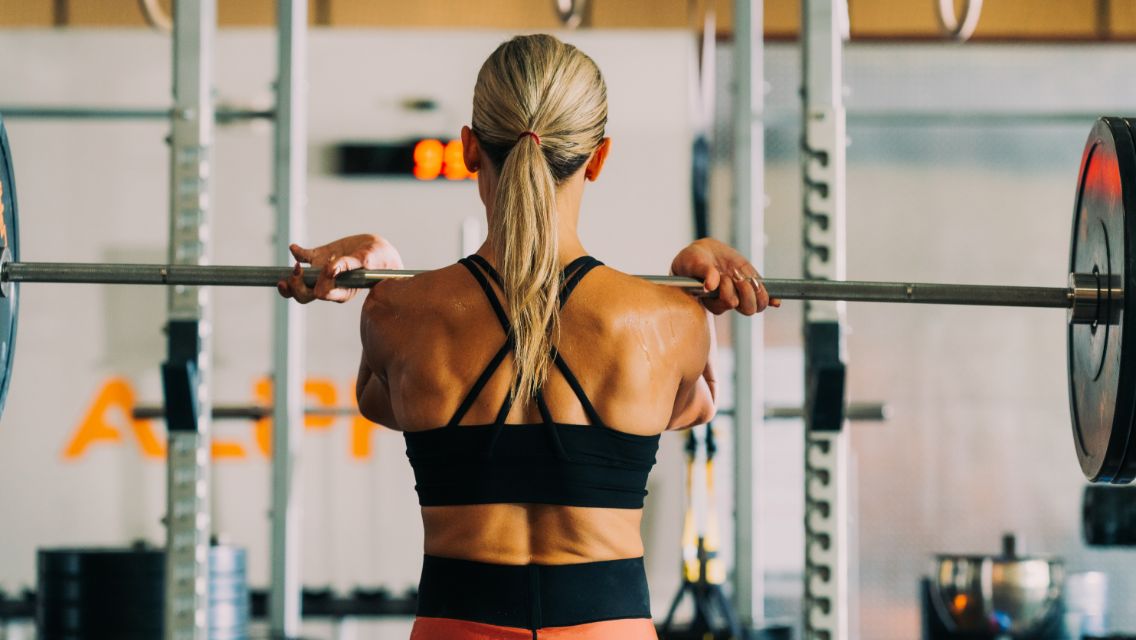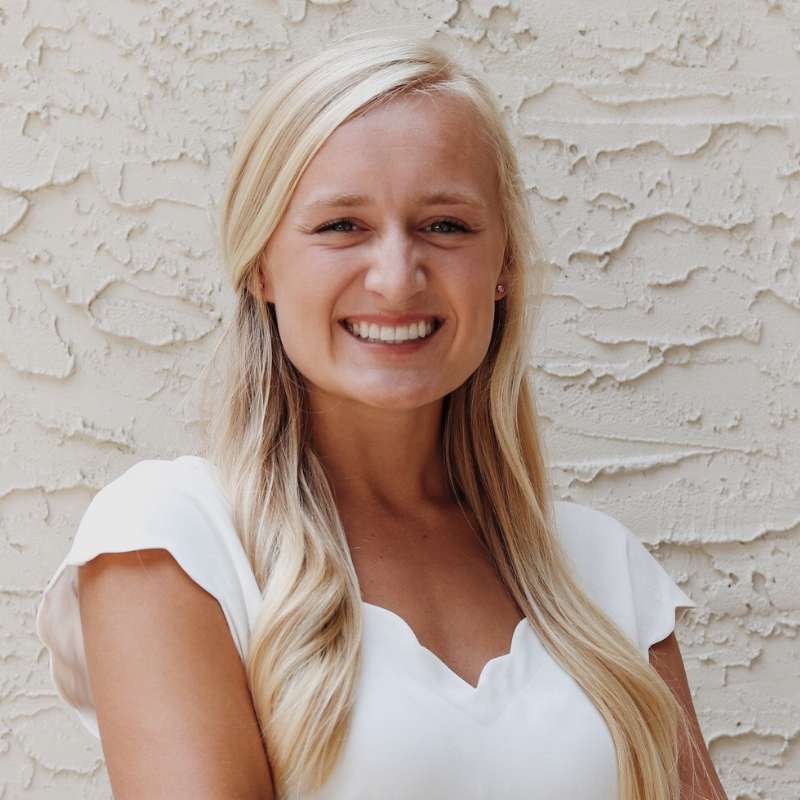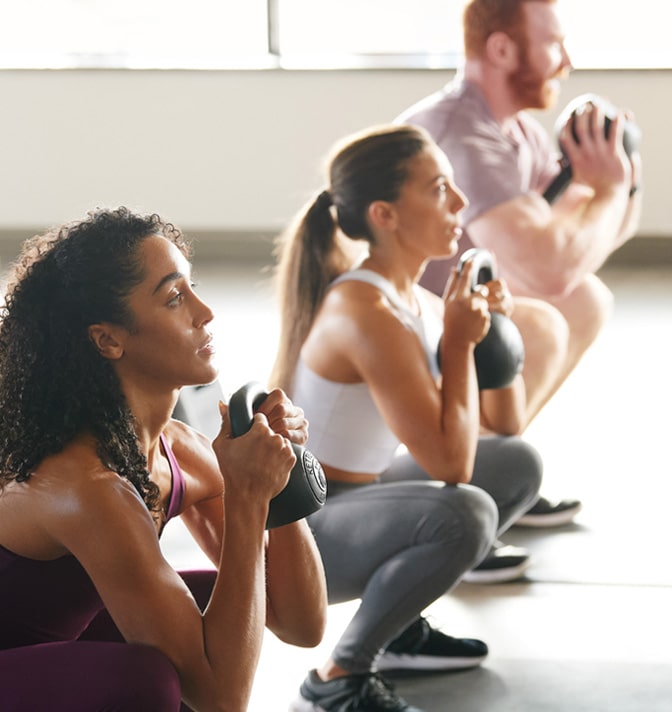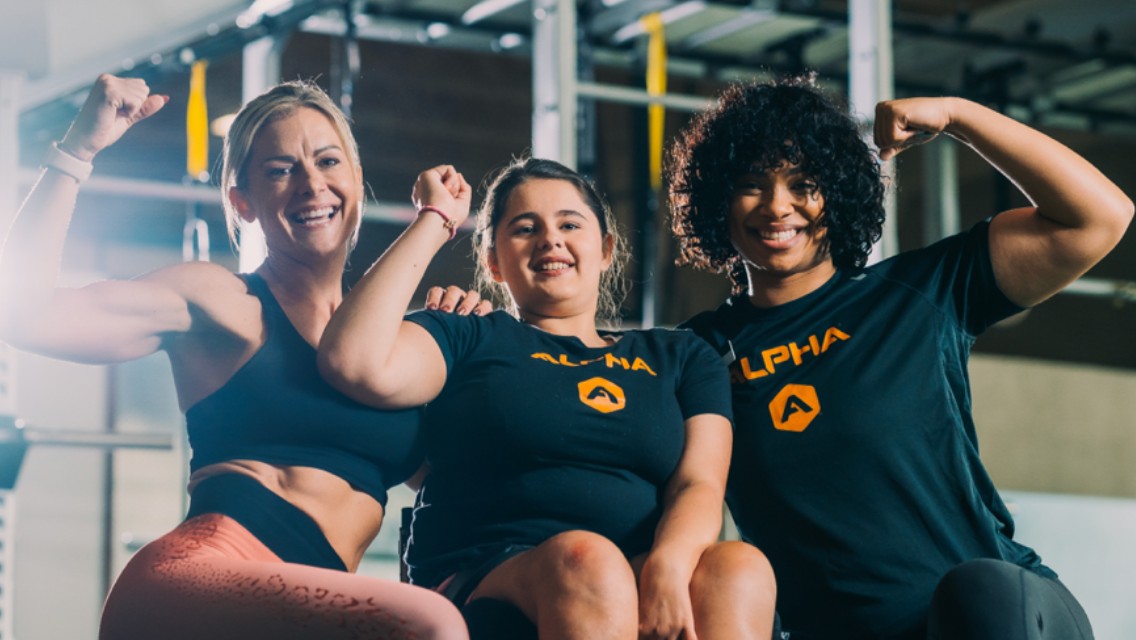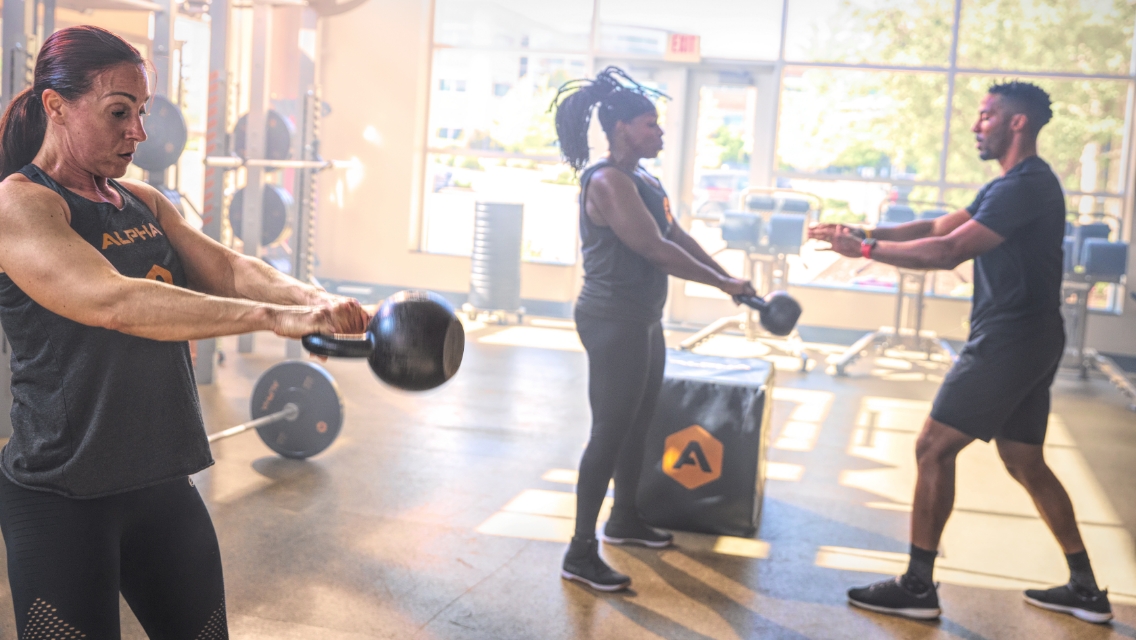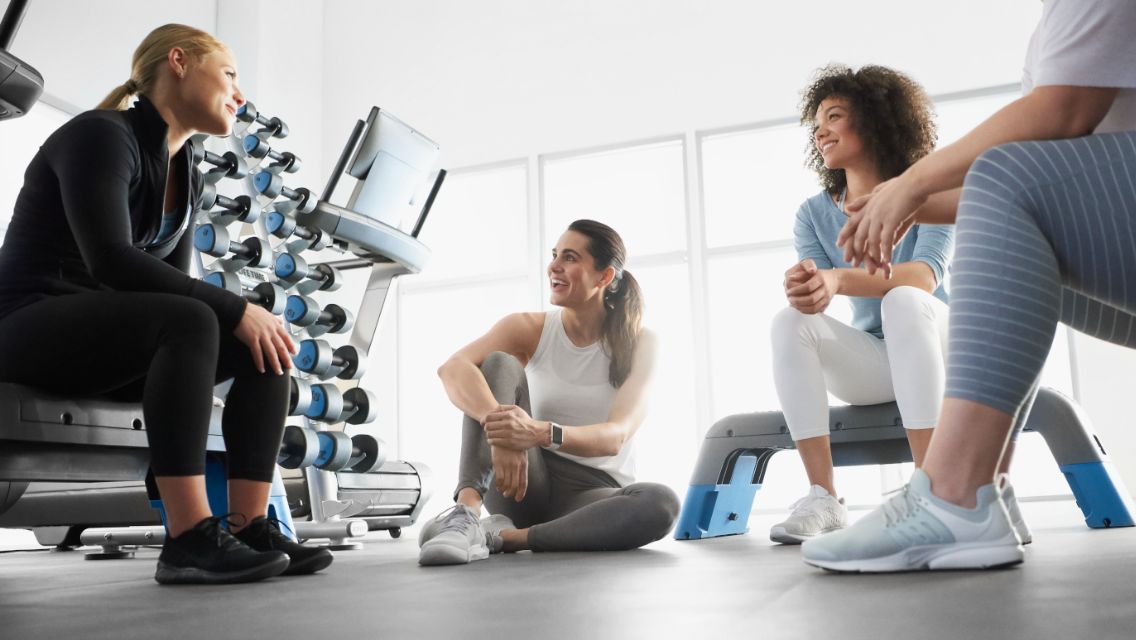When Julie Porras’s daughter Elena was diagnosed in-utero with stage III neuroblastoma, Porras quickly learned that she and her family would face many challenges in the years to come, starting with Elena’s first round of chemotherapy at just six hours old.
As the years passed, the stress and pressure of it all took its toll on Porras — physically, mentally, and emotionally — and she eventually sought support to help her deal. The plan she put in place called for movement, which turned out to be an essential factor in helping her regain her own sense of health and well-being.
Now more than 15 years since becoming a mom, Porras has learned a thing or two about the importance of building and tapping into your own strength. Here, she shares her top tips for doing just that. (For more on Julie and Elena Porras’s story, check out “Strength Times Two.”)
1. Identify your “why.”
“In the past, whenever I would try to work out frequently, my motivation was to fit into an old pair of jeans or something similar,” explains Porras. “That effort would only last about a week or two, then I found myself falling back into old habits. You have to find your deeper purpose for why you’re exercising. It has to be about more than just appearance, otherwise it’s too easy to find every reason to not work out.
“For me, my why now is Elena,” she says. “I know that with her being paralyzed, I’m going to have to be strong and fit enough to lift her as long as she’s alive and I’m alive.”
2. Fuel your body.
“There’s no way you’re going to build muscle and strength and have the energy to power through your days if you’re not nourishing your body properly,” says Porras. “Unfortunately, we’re often taught that the less we eat the better. But my body works hard every day, and it wouldn’t be able to do that if I wasn’t supplying it with sufficient calories and adequate nutrients.”
She adds: “I eat super clean. And I do eat a lot of carbs — but the good ones! People always ask me what my secret is, and if there’s a specific diet that I follow or pill that I take. The answer’s no — I know this sounds somewhat cliché, but I always say, ‘It’s not a diet, it’s a lifestyle.’ I simply eat healthy! The cleaner you can eat, the better you’ll feel.”
3. Find your workout crew.
“This one is major,” emphasizes Porras. “Everyone has their own way of staying connected and accountable to their efforts. For one person, it might be using an app on their phone to log workouts so their virtual crew can see their progress. For me, I have to go to Life Time in person and talk to someone.
“There are definitely days when you can think of every reason under the sun not to go to the club,” she acknowledges. “On those occasions when I don’t want to work out, I push myself to go for the community I have at the club. They’re my people.”
4. Show up for yourself.
“If you show up for yourself, you can then show up for the other people in your life,” explains Porras. “For me, a big reason for showing up is to build my strength. And it’s more than just physical strength — it’s building strong mental health, too.”
She continues: “After I had a child born with cancer and who was paralyzed, it took a toll on me. I worked with a psychiatrist, and we created a long-term game plan, which I knew movement needed to be part of. I first started with running, but then I gravitated toward working out at Life Time and participating in Alpha classes.”
5. Prioritize caring for your mind, body, and soul.
“I’m actually working on this one myself, which is why I listed it last, even though it should probably be near the top of the list,” admits Porras. “For someone to be able to work out with intensity day after day without injury or body and mind fatigue, you need to make sure you’re resting and recovering.”
“Yoga is huge for me when it comes to this,” she says. “Whether it’s the music, stretching, breathing, or words of the instructor, I’ve experienced some incredible impacts from yoga classes. And those experiences have made me stronger both physically and mentally. My body always thanks me after.
“My Alpha community and I have committed to each other that we would take one yoga class a week to prioritize our rest and recovery. I also value my sleep and try to be in bed by 8:30 p.m. every night.”
Porras shares that she’s also found strength from shifting her mindset around her workouts —from a place of “need to do” or “should do” to one of gratitude. “When I get to go to Life Time, I’m freaking thankful,” Porras says. “I’m thankful that I have a nice club to go to, that I have my friends there, and that my body can move.”
